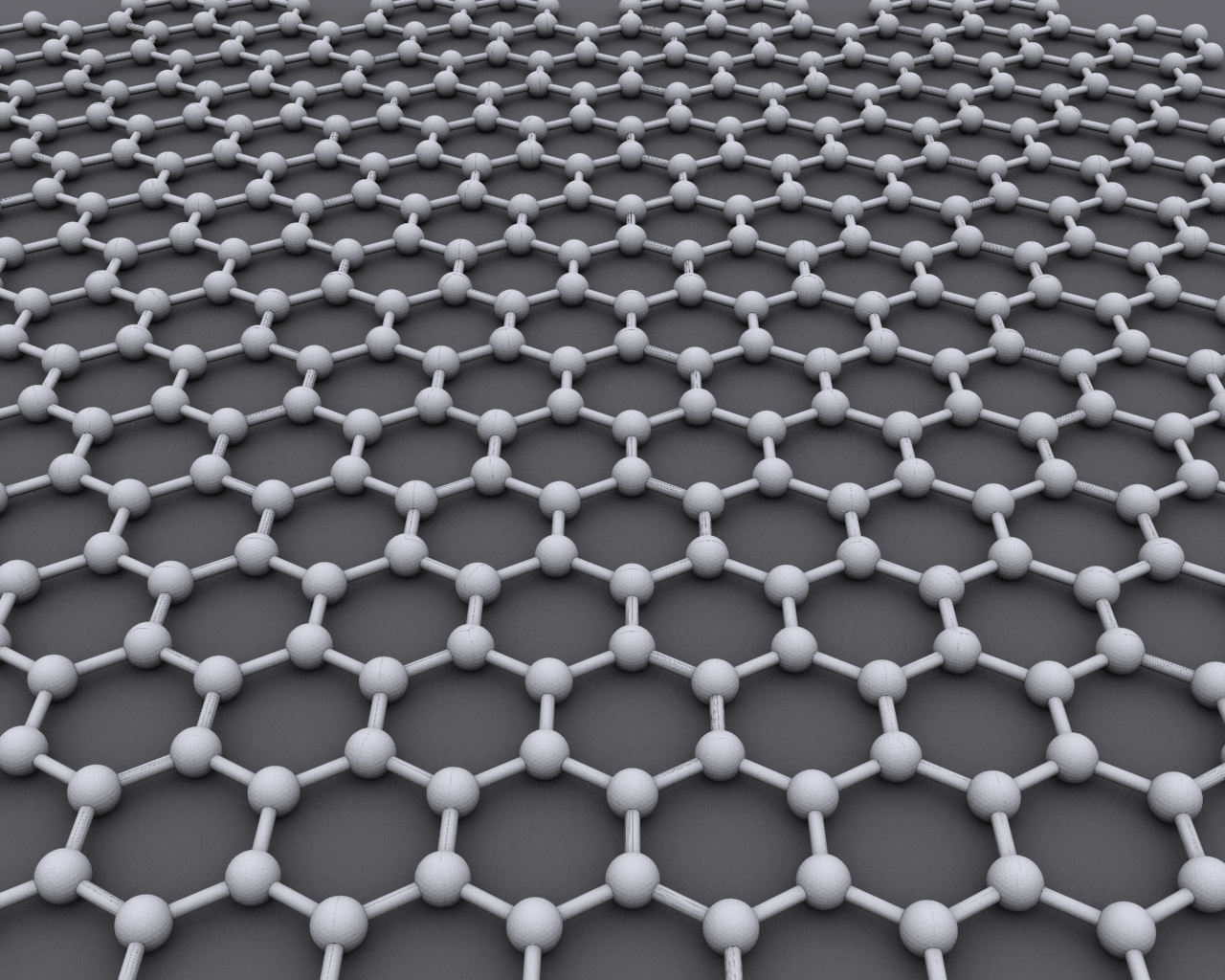 |
| Image Courtesy of Wikimedia |
However, there are a few snags to tackle along the way before it gets into the practical realm. In order to tackle some of these problems and to gain a better understanding of the weird properties that come with essentially two-dimensional materials, the Center for Two Dimensional and Layered Materials (2DLM) was established in 2013, bringing together faculty and students from PSU as well as other institutions. The center is working on many exciting projects, but instead of making a separate post for each one, I'll briefly go over a couple of them in this singular post.
One of the major challenges to the use of graphene in industrial applications is the fact that it's just so hard to make a large, pure enough sample of the stuff. One method that has been brought up is called 'intercalation,' which basically means to get a sample of graphite and shove in a bunch of non-carbon atoms in order to more easily pull the sheets of carbon apart. On the molecular scale it would look like the image below. Previous attempts at this method had to use very strong agents that ended up ruining the material, but a group in the 2DLM was able to devise a way to process the reaction without them, meaning that now the reaction just needs to be sped up in order to get the process good for larger scale production.
| Image Courtesy of Mallouk Lab/Penn State |
| Image Courtesy of Terrones Group/Penn State |
Now this might not seem like much, but this carbon string has an abundance of applications. For instance the string may be used as a replacement for copper transmission lines, as graphene conducts electricity better than copper and is also much lighter. It's just better all around pretty much. One could also make trip wires out of it, if that's your thing.
The Center for Two Dimensional and Layered Materials is doing some pretty exciting stuff here at Penn State, and while I only was able to gross over two of the things they are working on right now, there is much much more (their publication list is pretty darn impressive). Graphene is an incredibly exciting material that will certainly change the way many of the things we use now are made. Get ready for the future guys, it's coming pretty fast.
This is pretty cool. A few years ago I read a book about materials of the modern world. I would say a quarter of the book was dedicated to Carbon and in specific Graphene. At that time all scientist knew about it was it was super strong and 2-D. They had no idea of how to create a material such as a wire out of it. It is amazing the advances that can happen in a few years in science.
ReplyDeleteAs always, the science you report on is very exciting. Graphene has always been a material scientists have been excited about, and now we are beginning to take the steps to making it practical. I knew nothing about how graphene was produced, and now I definitely want to know more. I would have also liked to know more about some of the applications Also, isn't what you are describing in the second half of the post a carbon nanotube or at least a collection of such?
ReplyDeleteI had never really looked into graphene before but it sounds really interesting. I've hear it's useful in geothermal heating, and it's extremely efficient! I'll have to look further into it later because it sounds like it might be even more useful than I'd thought.
ReplyDelete